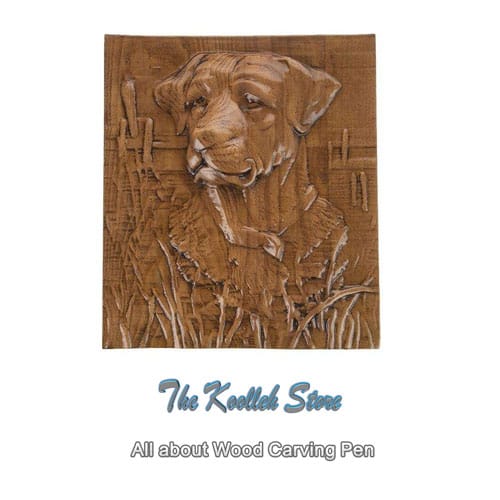All about Wood Carving Pen

Because in this method of inlay, delicate items such as pens and knives are used, it is referred to as “pen inlay” or “knife inlay”; This type of inlay is so delicate in some cases that it looks like it was made with a delicate needle-like tool, so it is also called a needle inlay.
In the past, the main centers of production of such works have been cities such as Abadeh, Golpayegan, Urmia and Isfahan. Fortunately, today it has spread to different parts of the country, such as Tehran, Isfahan, Sanandaj, Shiraz, Golpayegan, Abadeh, Urmia, Jokar Malayer and Noor Mazandaran, which are the main cities for spreading Iranian inlays. Since inlay requires a lot of finesse and patience and requires time and time, there are countless artists around the corner who remain anonymous and seek indifference. He named Emami, Ustad Maarefi, Ustad Shahriari, Ustad Golrdi, Ustad Tusi and Ustad Pour Goli as a small number of great Iranian sculptors.
Engravers of this style use the method of inlaid lattice and embossing to decorate and make decorative and practical tools; This style of work has the ability for the artist to perform all forms in which it is considered the most traditional and original method of woodcarving in Iran. This method in making and decorating works such as engraving, frames, paintings, boxes, drawers, canes, wooden utensils and spoons, cigarette butts, chess pieces and beads, backgammon and higher levels to decorate doors, pulpits, funerals, graves , Shrines and other delicate works are used a lot.
The meticulousness of the inlaid artist in performing such works is such that on a small level he creates novel works with intricate and intricate designs, and sometimes he becomes so delicate that he performs a part or all of the role on a level the size of a matchstick. It shows the richness, talent and taste of such artists. In this field, wooden arts mostly use pear wood, jujube, boxwood, walnut, fofel and in some cases other materials such as ivory, bone and shell. In this method of inlay, different methods of inlaid, inlaid lattice and inlaid mosaic are used, and as mentioned before, this method has the ability to make all forms, including engraving, less prominent, semi-embossed, embossed, all embossed, volume. And run in it. The only difference between this method of inlay and other methods is in the size of the designs and tools, so in this section, only the embossed and inlaid inlay method (type of pen or knife) is mentioned.
The pen’s embossed inlay style
In implementing the inlay method, the inlay artist first selects the desired design and provides a wood that fits the design, which will have a certain size and thickness, depending on the size of the designs. After this stage, the artist pastes and transfers the design with wood glue or drawing. The design on the desired wood is cut around the design by the desired tool, ie the same pen and knife, and then by removing the chip from the background, the effect is gradually reduced to the desired size and the background is paid; This stage of the work may be repeated several times, until the background is reduced to the required size, then the artist begins to construct the motifs and actually gives them the shape to get their original form, then with the final payment. The whole work, which is usually done with a pen or inlaid knife and in some cases with sandpaper, the work on the work is completed and the work is ready for additional steps, ie protection and maintenance.
Pen engraving method
The implementation of the pen inlay method is such that the artist, after selecting and drawing the design that has the ability to be latticed, tries to provide a suitable wood that varies in thickness depending on the small size of the designs and the thickness of the paint.
After selecting the wood, which may be made by stacking and sealing the wood to fit the wood with the appropriate dimensions, the artist transfers the design to the desired plate, drills and drills to drill the grid points. Then, by passing the saw blade through the mesh hole and closing it again, the work is cut and mesh, after the artist’s meshwork is completed, by placing the lattice piece on a flat surface such as a work table or a woodcarving inlay. And the work is done with the right tools, that is, the same pen and knife that have different types and is like a small cave. In the past, artists in these fields used tools such as razors and built-in clock springs to perform latticework due to the lack of fine and hairy saws.






